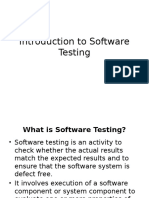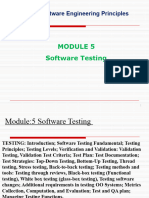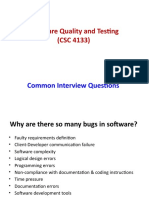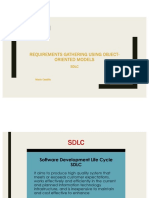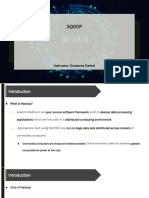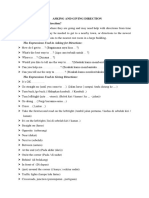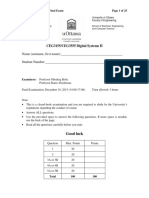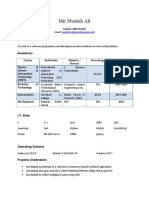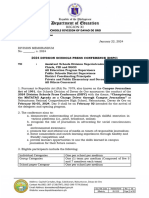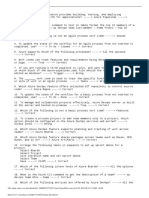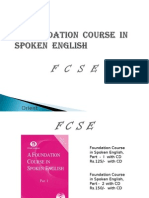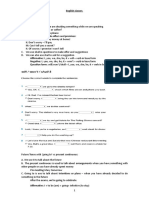0% found this document useful (0 votes)
59 views36 pagesSoftware Testing
The document discusses software testing including the differences between verification and validation, static and dynamic testing, test levels from unit to acceptance, test strategies and types, principles of testing, tester career paths and goals of a software tester.
Uploaded by
KomalCopyright
© © All Rights Reserved
We take content rights seriously. If you suspect this is your content, claim it here.
Available Formats
Download as PDF, TXT or read online on Scribd
0% found this document useful (0 votes)
59 views36 pagesSoftware Testing
The document discusses software testing including the differences between verification and validation, static and dynamic testing, test levels from unit to acceptance, test strategies and types, principles of testing, tester career paths and goals of a software tester.
Uploaded by
KomalCopyright
© © All Rights Reserved
We take content rights seriously. If you suspect this is your content, claim it here.
Available Formats
Download as PDF, TXT or read online on Scribd
/ 36



















